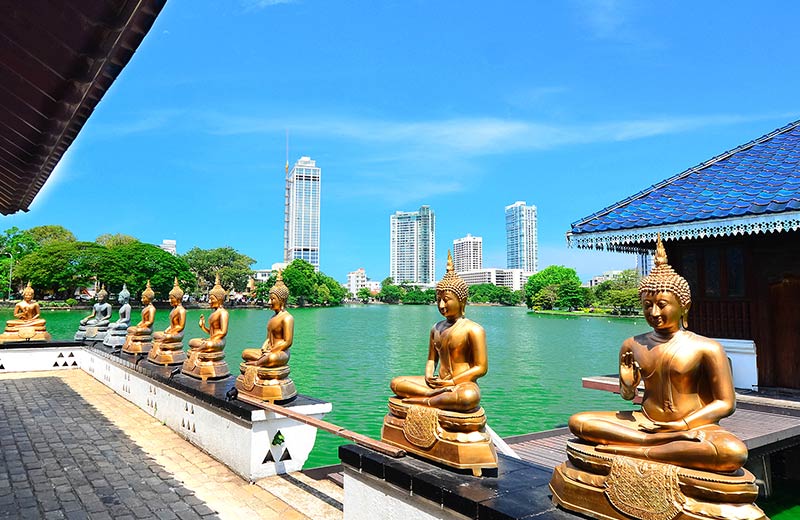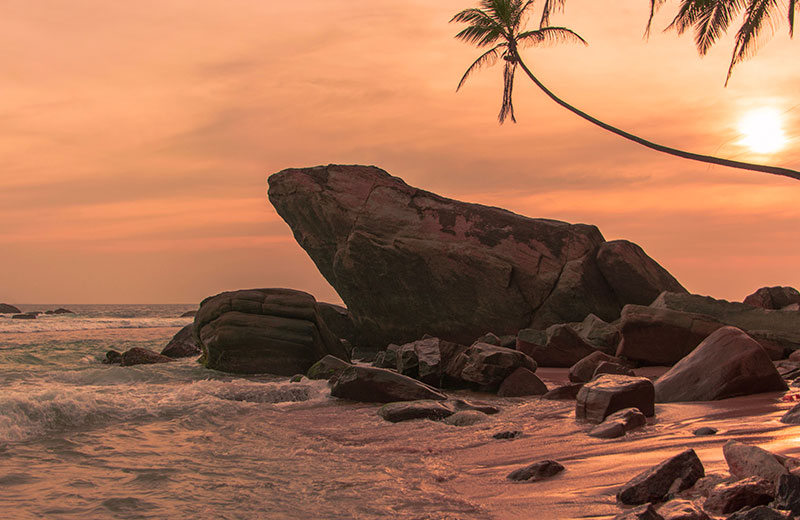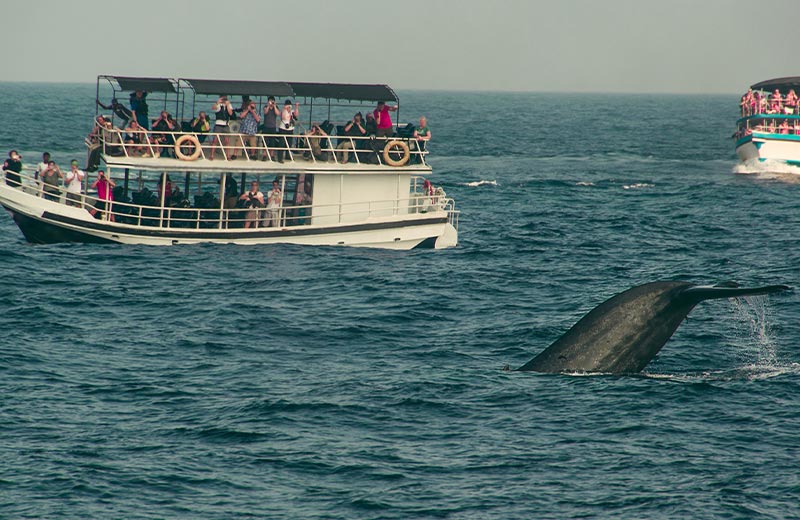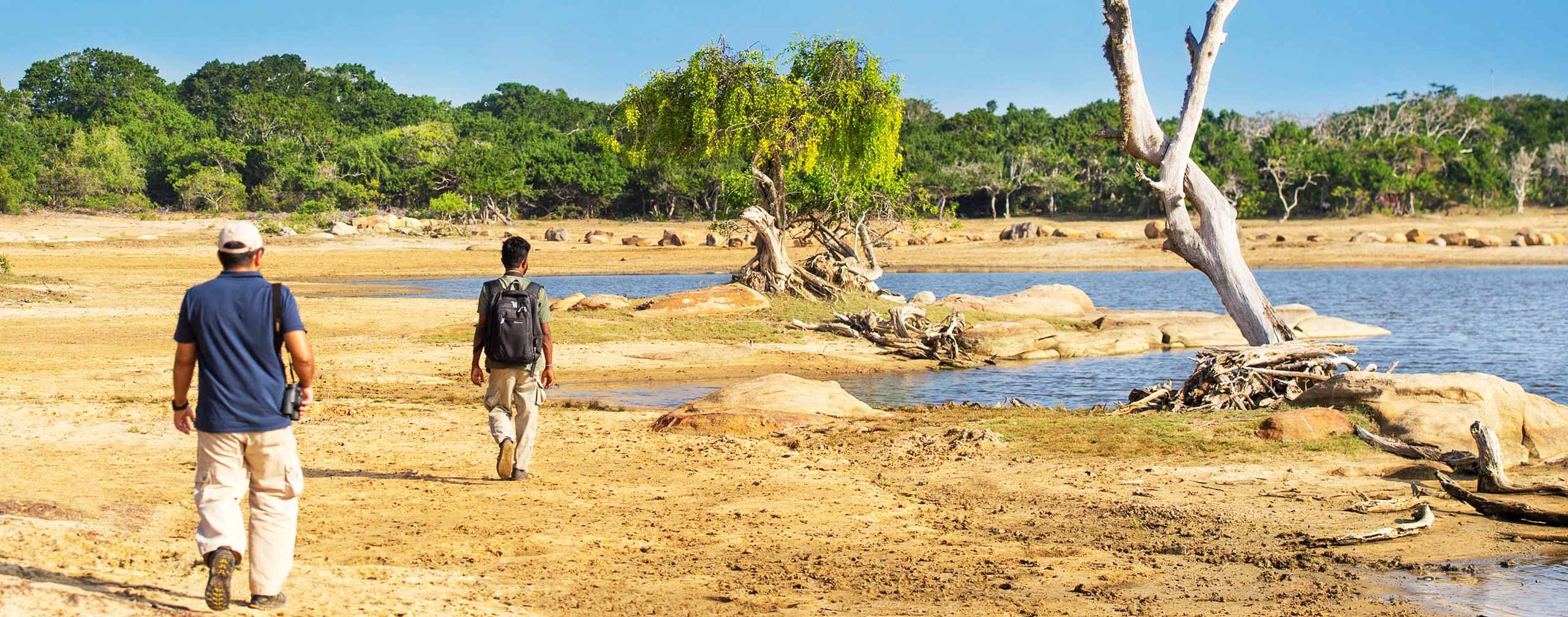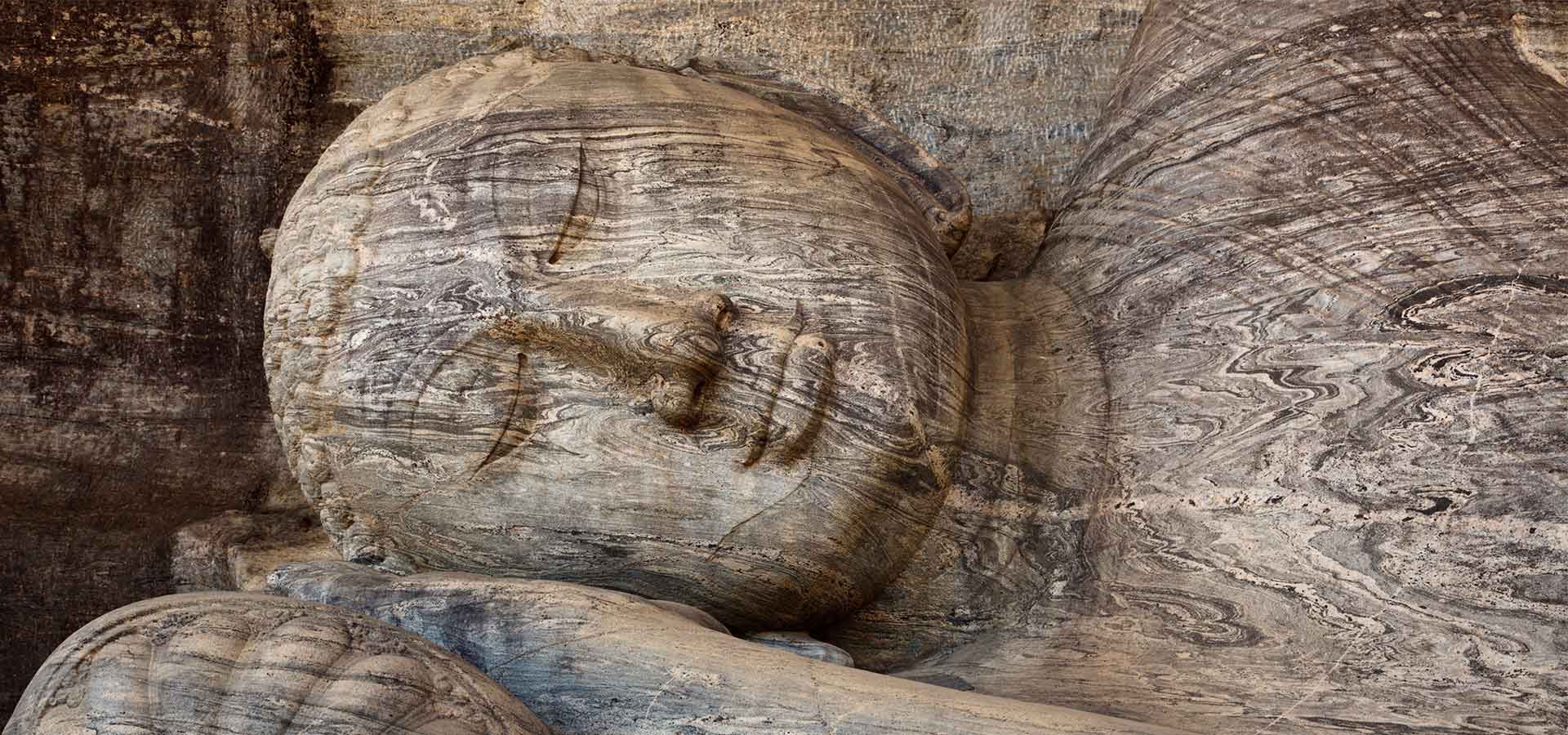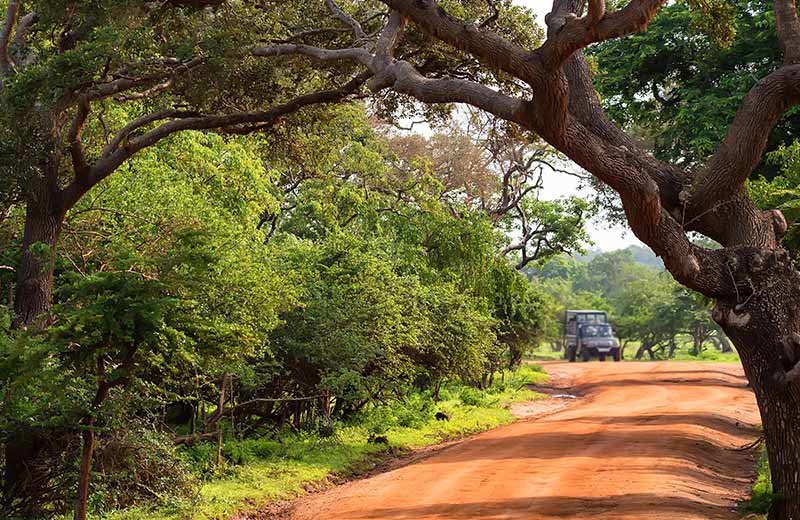As a monastery, the temple appears to have housed 12,000 Arahants (monks of the highest ranks) during the height of the Ruhuna Kingdom. The name Sithulpawwa is derived from the word ‘Chiththala Pabbatha’, meaning ‘hill of the quiet mind’. The temple contains a large number of stupas, cave temples, Buddha statues, circular relic houses, image houses, as well as remnants of the monks’ living quarters. It is hard to fathom how men with hammers and chisels built such an elaborate edifice so long ago, using a massive natural rock as a foundation. Bodhisattva statues chiselled out of the rock, adorned with royal garbs are just some of the original features that baffle many an archaeologist due to their intricate nature. One of the cave temples in the vicinity displays ancient paintings believed to date back to the 3rd century BC.
A number of artefacts have been discovered through excavations carried out in the surrounding area, while many rock inscriptions have been found throughout the temple complex. Some of the inscriptions mention two prominent figures from Sri Lankan history. The Dasa Maha Yodhayo (ten giant warriors) were significant members of King Dutugemunu’s army. Two of the Dasa Maha Yodayo – Nandimithra and Welusumana are mentioned in the inscriptions, and are believed to have made offerings to the temple. Another place of worship, Akasa Chaithya is believed to have been constructed in the 2nd century BC. In keeping with the Buddhist tradition, all the monks and arahants living in these temples would have been tended to by devotees, people living in well-established communities.
The presence of a large number of ancient, although now derelict, tanks dating back to the 5th century, suggests that the Yala territory had a functioning hydraulic and irrigation system to support agriculture. Some of the watering holes that nourish the Yala National Park are believed to be remnants of these tanks of old.
A Thriving Community Disappears and a Jungle Appears
The decline of the Kingdom of Ruhuna is believed to have begun in the 13th century AD. The territory of Yala seems to disappear from the annals of history for the next few hundred years. The 16th century Spanish cartographer Cipriano Sanchez charted the region in his maps in 1560, making a note that Yala was deserted and uninhabited for 300 years due to unsuitable conditions.
Why this once flourishing land became unsuitable and uninhabitable remains a great mystery to this day. What happened long ago to drive out the communities that called the territory home and left the area to be consumed by jungle and become the home of such a diverse array of wildlife?
The next official record of the terrain is from 1806, when Chief Justice Sir Alexander Johnston wrote about Yala after travelling through it. In 1900, the British colonial government declared the area a designated wildlife sanctuary and then a national park in 1938. Ironically, the park was used as a hunting ground for the British elite during colonial rule.
Today, the Yala Park has a protected area of nearly 130,000 hectares of land. It is a distinctive place that contains a wide array of ecosystems including dry grasslands, freshwater wetlands, marine wetlands and lush forests. It is home to 44 varieties of mammals and 215 bird species. Some of the famous inhabitants of Yala are leopards, elephants, sloth bears, sambar, spotted deer, jackals, peacocks and crocodiles. Yala is a wonderful place of interest for both wildlife enthusiasts and history buffs.



